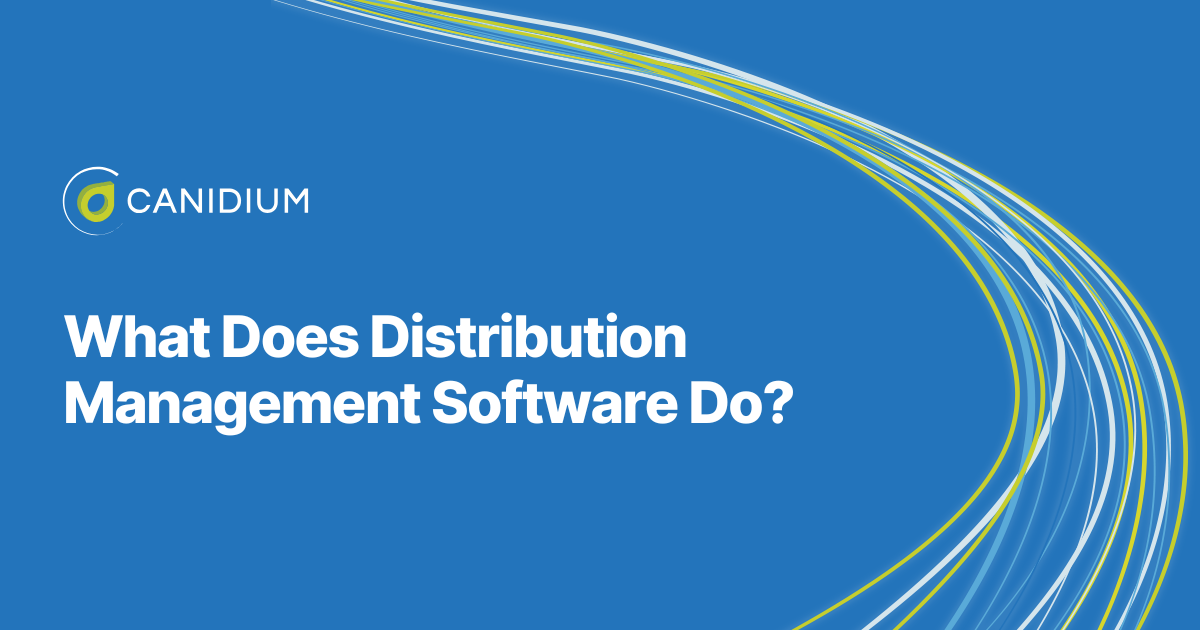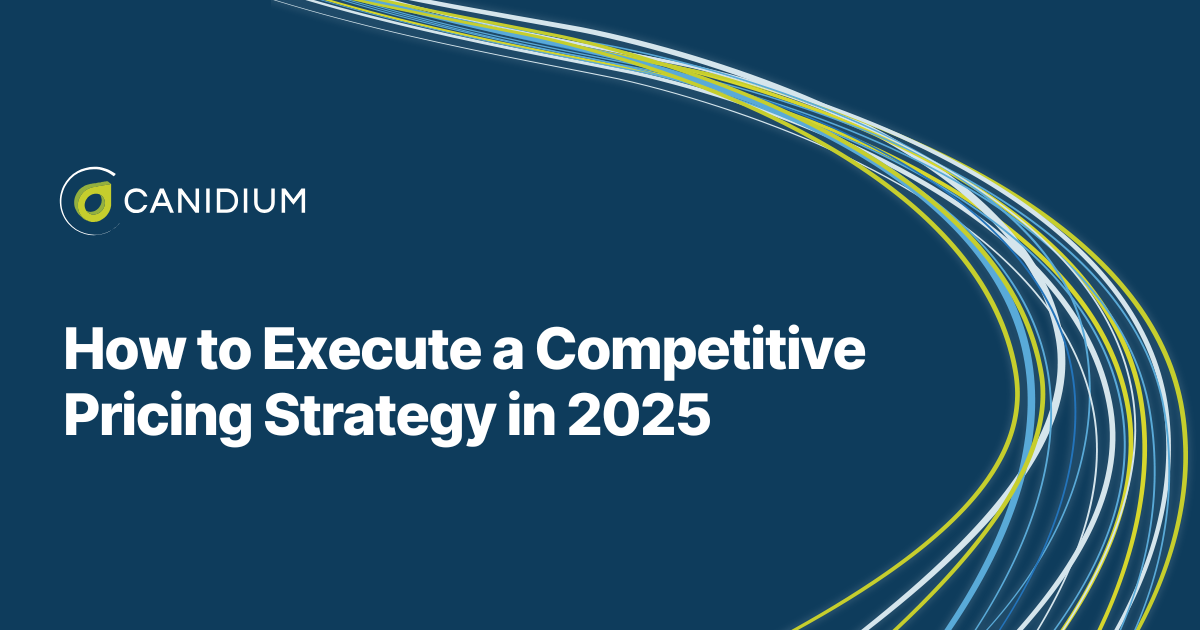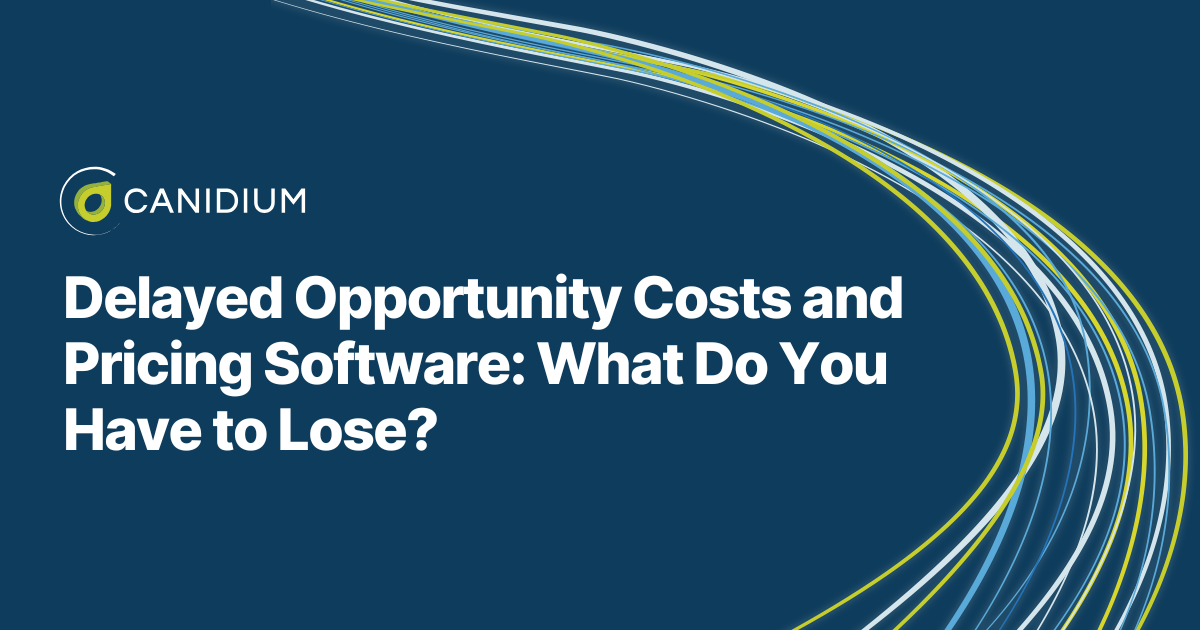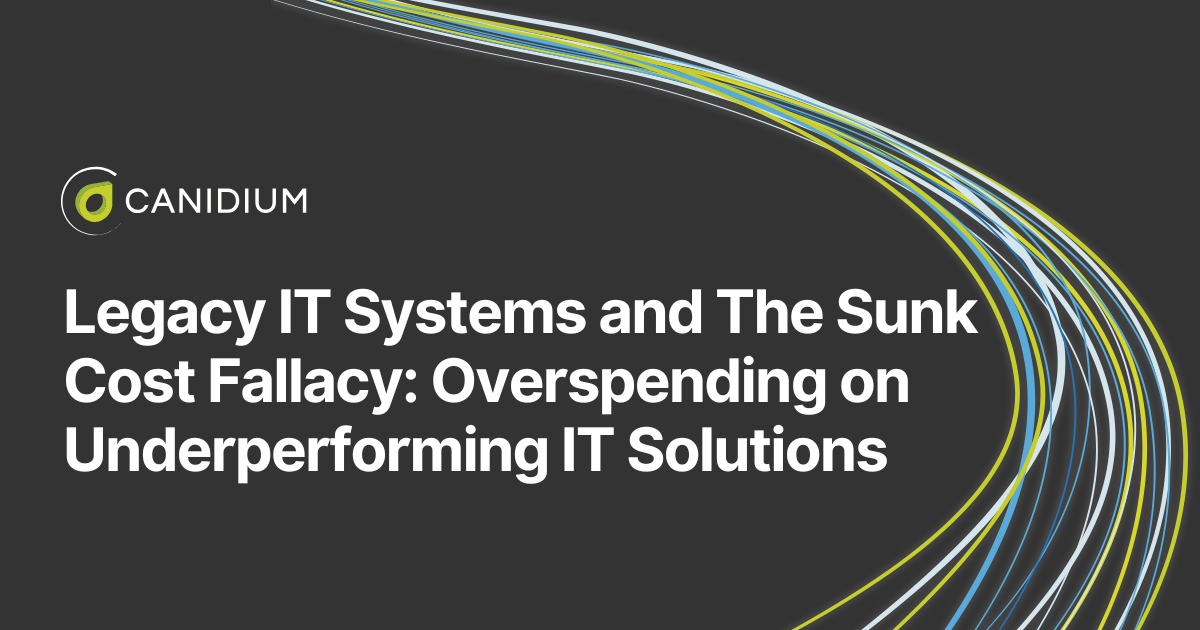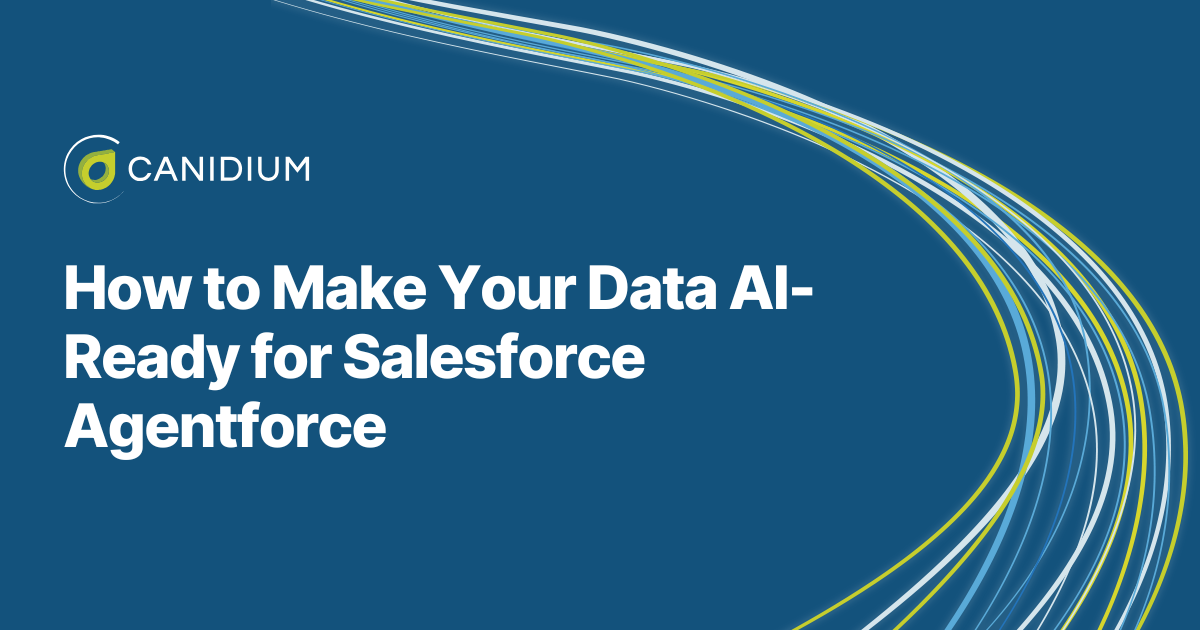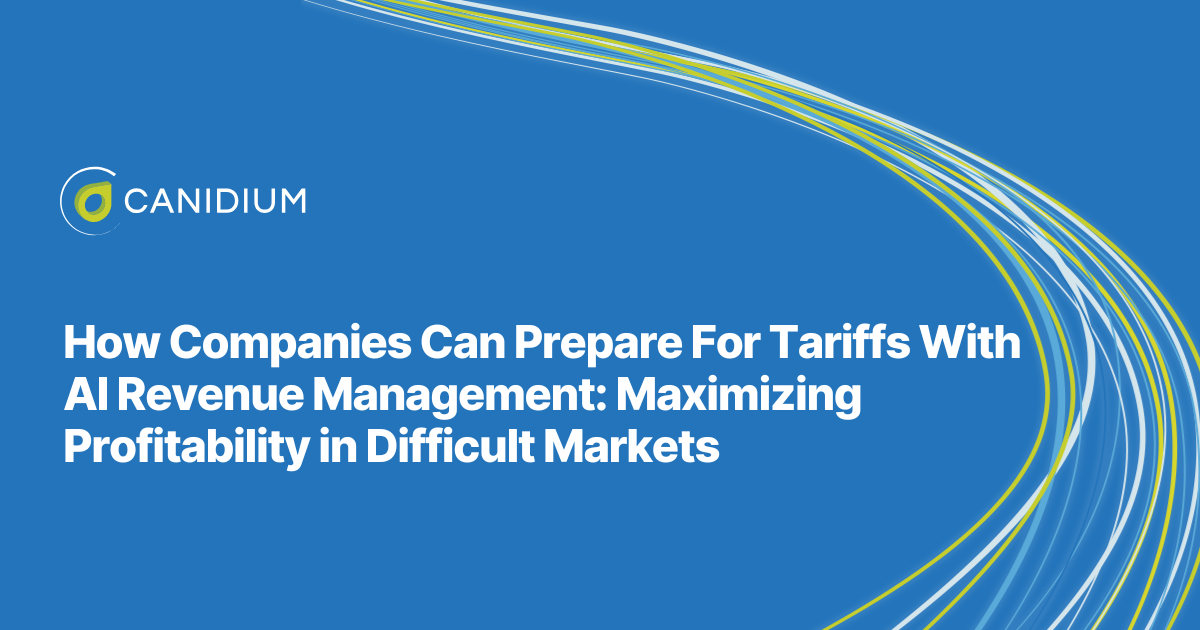The quality of your Insurance or financial services producers determines the success of your operation. Agencies that attract and retain premier talent rise to the top, while those that don't fall behind. Investing in employees has always been vital, but now, expectations are higher. Producers expect to have access to automation tools that simplify and automate business processes. Moreover, they need modern tools to keep up with increasingly efficient competitors. Consequently, embracing new technologies, like distribution management software, is imperative.
Our team of distribution management software implementation experts work with enterprise operations to digitally transform. We design, configure, and integrate improved systems for agencies. Based on the experience of our team, this article explores the critical components of these systems and their role in attracting and retaining top producers.
Distribution Management Software At a Glance
Distribution management software facilitates streamlined operations for insurance carriers and financial services firms, subsequently improving their relationships with agents and brokers while also reducing administrative time waste. Think of it as the backbone of your distribution network—it ensures everything from producer onboarding to commission payments and beyond runs smoothly.
Distribution management software also automates critical tasks like onboarding, licensing, and compliance tracking, ensures accurate and timely commission payments, and provides producers with centralized access to key tools and information through self-service portals. It integrates with other systems, such as quoting tools and Customer Relationship Management (CRM) platforms, to minimize administrative burdens. At the same time, it provides real-time insights into trends and client demographics, allowing them to make more informed decisions and improve customer satisfaction.
The agencies that invest in distribution management software are in search of both the best producers and advanced tools like artificial intelligence to grow revenue while also cutting costly manual processes. However, to understand the full scope of what distribution management software does, you need to learn more about its key features and functions.
The Key Features of Distribution Management Software
The bottom line is that producers, brokers, and financial advisors are often drawn to carriers that provide intuitive systems. They want to work for an agency that minimizes administrative burdens and maximizes their selling opportunities, which can only be done by leveraging cutting-edge distribution management software. Let's explore how distribution management solutions facilitate process improvements.
1. Onboarding and Recontracting: First Impressions Matter
The onboarding process is the producers' first interaction with your organization. A modern, intuitive system ensures:
- Automated Compliance: Simplifies the process of meeting regulatory requirements by digitizing document submissions and background checks.
- Seamless User Interface: Provides clear guidance and reduces the learning curve, ensuring producers can get started quickly.
- Integrated Systems: Connects onboarding with other operational tools, eliminating the need for redundant data entry.
For example, consider a carrier transitioning from paper-based contracts to a digital onboarding platform. Producers can upload credentials, sign documents electronically, receive instant confirmation of their status and start selling immediately, streamlining what once took weeks of manual effort into a matter of days.
2. Compensation Accuracy: A Non-Negotiable Foundation
Producers thrive on clarity and trust, especially when it comes to compensation. If they're spending time questioning pay statements, their relationship with your agency will suffer. Alternatively, agencies that leverage distribution management software solutions build trust by significantly reducing the need for payment disputes. Modern systems provide:
- Accurate, Transparent Pay Statements: Eliminates disputes by providing clear breakdowns of commissions and incentives.
- On-Time Payments: Ensures timely disbursements, fostering trust and loyalty.
- Self-Service Portals: Allows producers to view, download, and reconcile pay statements independently.
3. Self-Service Portals: Empowering Producers
A self-service portal acts as a central hub where producers can access all the information they need. These portals typically include:
- Sales and Marketing Materials: Ensures producers have up-to-date tools to support their pitches.
- Pay and Performance Dashboards: Offers real-time visibility into earnings, quotas, and progress toward incentives.
- Training and Task Automation: Provides easy access to continued education and certifications to boost performance and automate routine tasks such as updating banking information, upload insurance certificates, request new appointments and more.
This single source of truth significantly reduces the need for administrative back-and-forth, enabling producers to spend more time building client relationships and capitalizing on customer demand.
4. Enhanced Reporting and Insights
Producers value tools that help them analyze their performance and strategize for future success. Without complete visibility into vital business processes or their book of business, producers can't effectively ensure customer satisfaction. Distribution management software solves these issues by seamlessly integrating with quoting and policy systems to deliver customer insights like demographics, policy preferences, and cross-selling opportunities. It offers:
- Real-Time Data: Empowers producers with actionable insights into their sales trends and client demographics to improve customer interactions.
- Customizable Reports: Tailors data to individual needs, helping producers identify opportunities and optimize their efforts with data-driven decisions.
- Timely Alerts: Provide programmed alerts for producers to stay in compliance and not let licenses, appointments, insurance or certifications lapse.
By providing advanced reporting tools, you demonstrate commitment to producers' success. At the same time, you are also granted greater visibility into producer performance, tracking metrics such as sales volume, quota attainment, and incentive achievement.
5. Integration Across Systems: Simplifying the Workflow
The best-in-class distribution management software solutions, such as SAP's APM and AgentSync, seamlessly integrate into a producer's workflow. Key integration points include:
- Quoting and Selling Systems: Offers direct access to tools needed for client interactions.
- Cross-Platform Accessibility: Ensures usability across devices, from desktops to tablets and smartphones.
- Connected Ecosystems: Links sales tools, CRM systems, and compensation platforms for a cohesive experience.
For example, a producer logging into their APM portal can transition to quoting software without needing to re-enter credentials or navigate multiple platforms. The amalgamation of both small and large process improvements helps you achieve better business outcomes by giving you a competitive edge.
6. Business Process Automation: The Ultimate Time Saver
Distribution management software not only supports existing processes but also enables carriers to redefine and automate them. It performs time-consuming and repetitive functions to eliminate unnecessary burdens on producers' time. This includes:
- Custom Workflows: Adapts to the unique needs of the carrier and its producers. Custom configuration from software implementation experts allows for bespoke system design.
- Scalable Solutions: Grows with the organization, supporting small teams and enterprise-level operations alike.
7. Becoming the Carrier of Choice: A Holistic Strategy
At its core, becoming the carrier of choice is about delivering a 21st-century producer experience. This includes:
- Minimizing administrative burdens.
- Offering transparency and trust in compensation.
- Providing tools that empower producers to focus on clients and sales.
- Ensuring every touchpoint reflects the carrier's commitment to excellence.
As competition in the industry grows fiercer, carriers that prioritize these aspects position themselves as leaders, attracting top-tier producers who are motivated to drive mutual success.
Understanding Distribution Management Software
For carriers considering a distribution management system upgrade, the path forward is clear. By focusing on the producer experience and implementing modern, integrated solutions, you can differentiate yourself in the market.
Upgrading isn't just about staying current; it allows you to be more efficient by minimizing administrative burdens and enabling producers to focus on what they do best—selling. Whether it's automating onboarding, ensuring accurate and timely commission payments, or integrating seamlessly with existing tools, the right system can transform your business.
To explore how these systems can transform your operations, speak to our experts. They can guide you through the software landscape and ensure you select the right tools for your needs.


